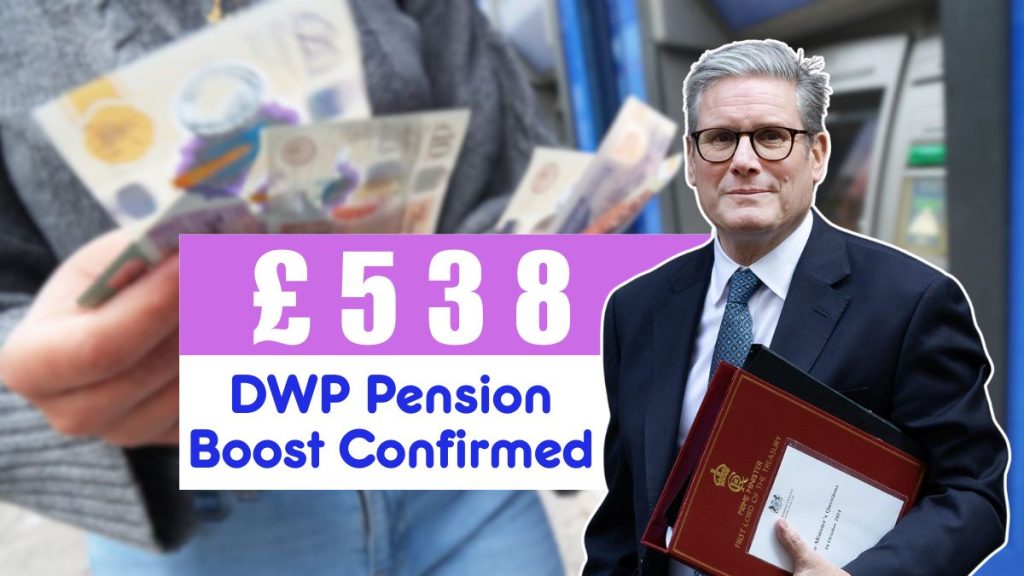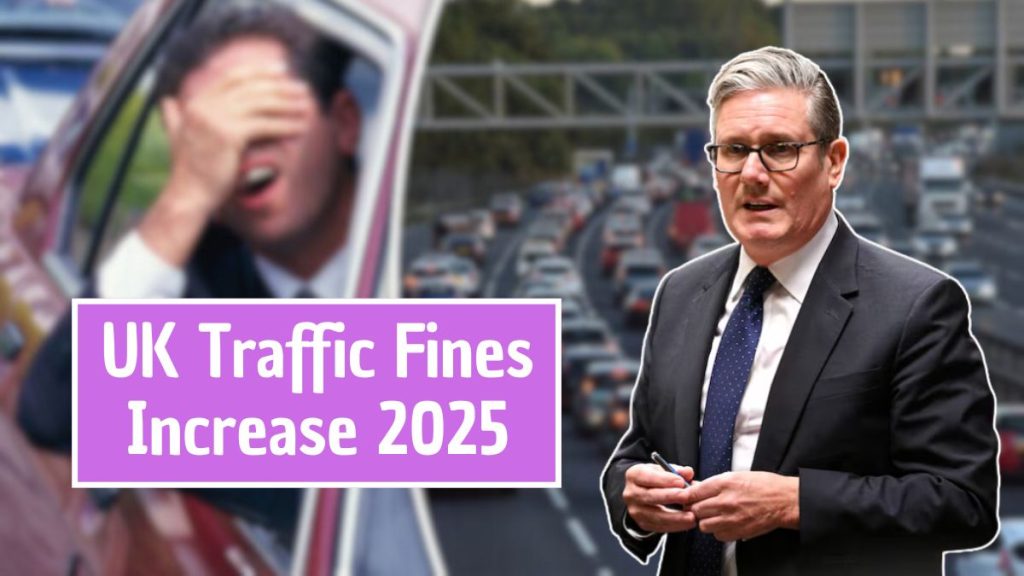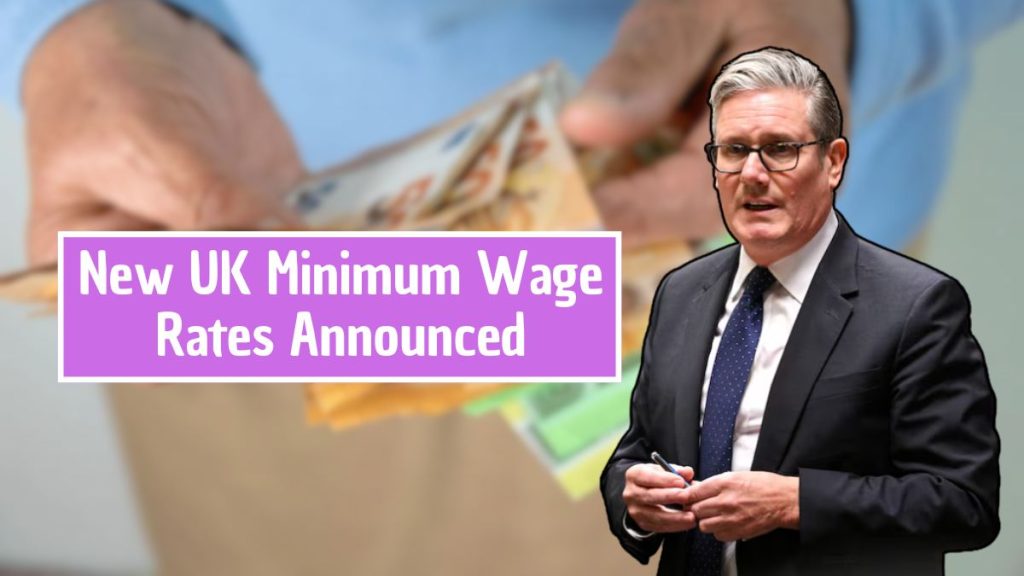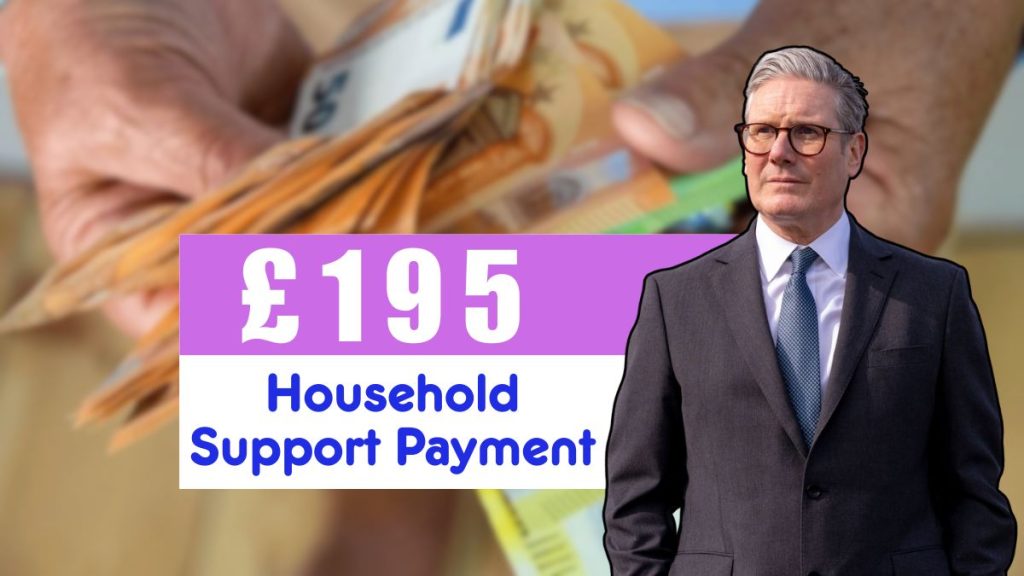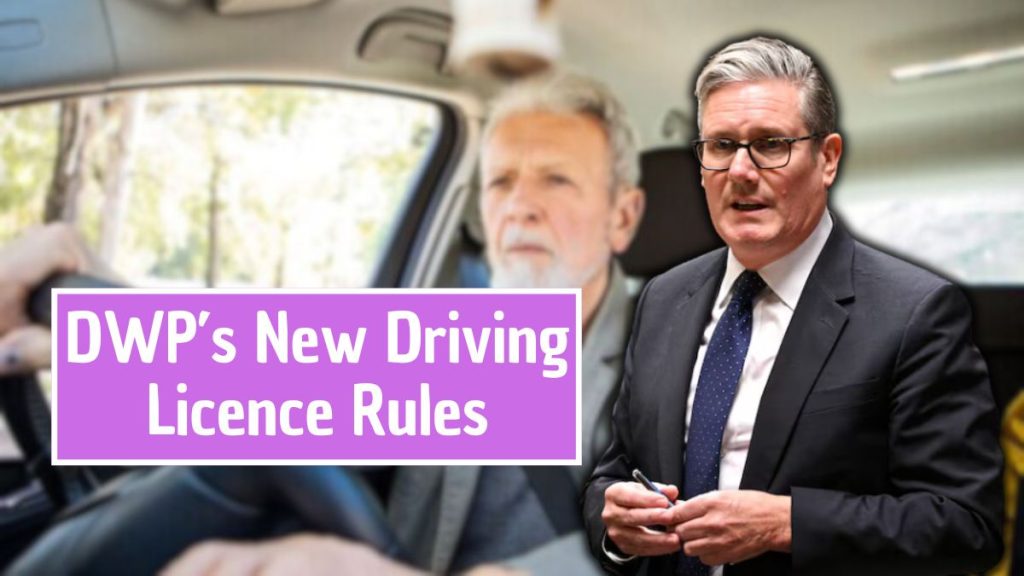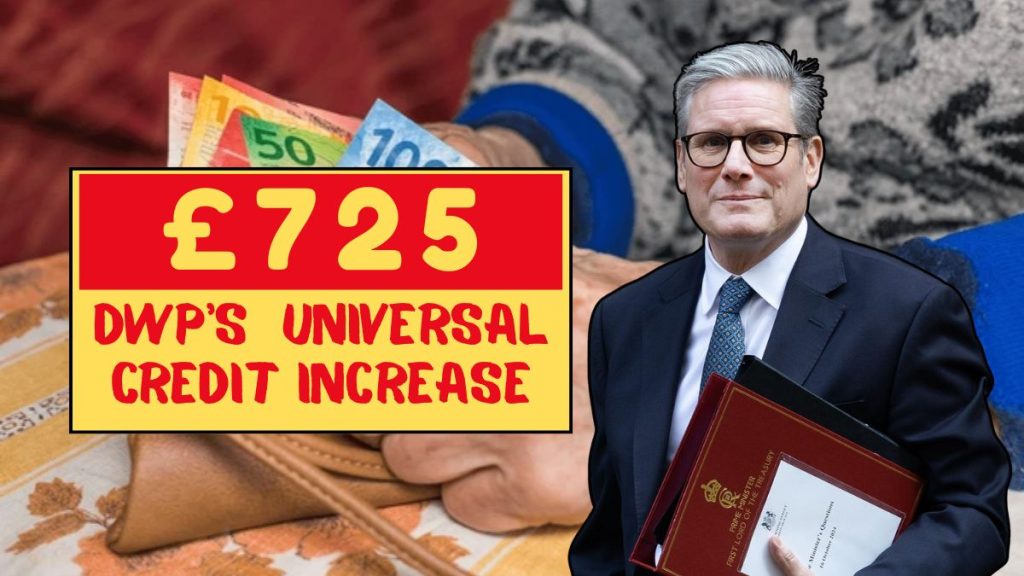The Department for Work and Pensions (DWP) has officially confirmed a £725 increase for Universal Credit claimants — one of the most significant benefit uplifts in recent years. This announcement marks a turning point for millions of low-income families and individuals who depend on Universal Credit to manage essential living costs such as food, rent, and energy bills.
The DWP’s decision reflects a broader government commitment to addressing the ongoing cost-of-living crisis, ensuring that vulnerable households receive stronger financial protection amid rising inflation and economic uncertainty.
Why This £725 Increase Matters
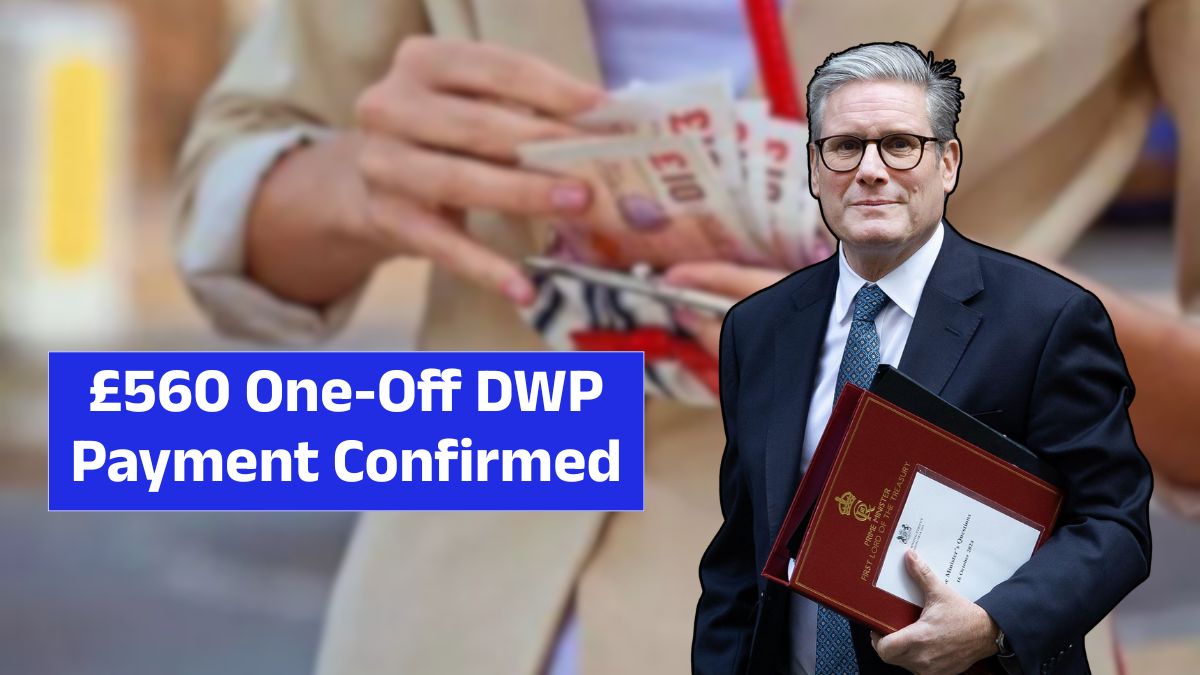
Rising energy costs, surging grocery prices, and higher rents have placed unprecedented pressure on family budgets across the UK. For many, Universal Credit serves as the main source of income stability, helping cover everyday essentials.
The £725 boost is therefore more than just a number — it represents a critical lifeline for millions struggling to make ends meet. The DWP’s move aims to ensure that households can plan their finances with more confidence rather than constantly worrying about their next bill.
Who Will Benefit from the £725 Universal Credit Increase
Eligibility for the £725 increase follows the standard Universal Credit rules, ensuring that all qualifying claimants benefit automatically.
Those expected to receive the uplift include:
- Single adults currently receiving Universal Credit
- Couples claiming jointly
- Families with children
- Individuals receiving additional elements such as housing, disability, or child support
Crucially, the DWP confirmed that no new application is required. Payments for eligible recipients will be automatically adjusted, meaning claimants will see the increased amount reflected in their regular Universal Credit payments.
How the Adjustment Will Work for Current and New Claimants
For existing claimants, the uplift will be applied automatically to their ongoing payments. The DWP’s system is designed to integrate the increase seamlessly, ensuring no disruption or additional paperwork for recipients.
For new applicants applying after the rollout date, the updated amount will be calculated during the standard assessment process. This approach minimizes administrative delays and ensures every eligible household receives the full benefit of the increase.
Why This Increase Is Being Called a Landmark Reform
The £725 uplift stands out as one of the largest and most meaningful adjustments to Universal Credit in recent years. Previous increases have often been temporary or limited to smaller amounts — typically as short-term responses to specific crises.
This time, the DWP’s decision signals a shift toward a more sustainable support framework. It acknowledges that current payment levels have not kept pace with real-world living costs and inflation.
Government officials have described the move as a landmark reform, designed to restore confidence in the UK’s welfare system and reaffirm Universal Credit’s role as a safety net for working-age citizens.
How the £725 Boost Will Impact Everyday Life
The new increase could transform financial stability for millions of households across the country.
For example:
- A single parent may find the extra money invaluable for covering childcare, school supplies, or weekly groceries.
- A disabled claimant could use the funds to manage medical costs or home accessibility improvements.
- Low-income families facing higher rents or utility bills can use the uplift to stay on top of monthly payments.
While £725 may not solve every financial challenge, experts believe it will make a significant difference by easing daily pressures and giving claimants room to plan ahead rather than live in constant crisis.
Reaction from the Public and Welfare Organisations
The announcement has been widely welcomed by welfare campaigners, charities, and social justice organisations.
Groups such as The Trussell Trust and Citizens Advice have long advocated for higher Universal Credit payments to match real-world living costs. Many describe this increase as a necessary and overdue adjustment that better reflects the financial realities of low-income households.
Claimants themselves have expressed relief and optimism, calling the uplift a “lifesaver” after years of financial strain. However, some campaigners caution that additional measures may still be needed to address high housing costs and childcare expenses, which continue to rise faster than benefit levels.
Payment Timeline and Implementation
The DWP confirmed that the £725 Universal Credit increase will take effect within the 2025–2026 financial year.
For most recipients, the increase will appear automatically in their payment schedule — meaning there is no need to reapply or confirm eligibility. Payments will be made directly into existing bank accounts, just as with regular Universal Credit disbursements.
New claimants who apply after the rollout date will receive the updated rate as part of their first payment calculation.
Although exact payment dates may vary depending on individual cycles, the DWP has assured that the process will be smooth and transparent, avoiding the confusion seen during earlier policy changes.
Comparing the £725 Boost to Previous Increases
Historically, Universal Credit uplifts have been smaller and often temporary — such as the £20 weekly COVID-19 uplift in 2020.
The new £725 figure represents a broader, long-term adjustment rather than an emergency intervention. It demonstrates a proactive government stance to prevent poverty rather than simply respond to crises.
According to analysts, this increase may help the average claimant close the gap between income and essential living costs by a meaningful margin, making it one of the most impactful benefit reforms in years.
Long-Term Benefits for Society
Beyond the immediate financial relief, the £725 boost has the potential to deliver long-term social and economic benefits.
When families have more financial breathing room, they are less likely to rely on food banks, emergency loans, or high-interest credit. This reduces cycles of debt and helps claimants regain financial independence.
For the government, stronger household budgets can lead to better public health outcomes, higher employment readiness, and reduced inequality — all contributing to a more stable economy.
How Claimants Can Prepare for the Payment
To ensure smooth receipt of the uplift, the DWP advises all claimants to:
- Verify bank account details in their Universal Credit journal.
- Check for official DWP notifications confirming payment updates.
- Avoid third-party websites or scams claiming to expedite the payment.
- Keep personal information up to date, especially after moving or changing banks.
- Contact the DWP helpline if payments are delayed or missing.
Taking these precautions ensures every eligible household receives the uplift without administrative issues.
Broader Government Goals Behind the Policy
The £725 increase aligns with the government’s long-term vision to strengthen welfare support while promoting employment and self-sufficiency.
By expanding benefit levels, the DWP aims to provide a stronger foundation for families facing temporary financial hardship. At the same time, policymakers hope the boost will improve public trust in the welfare system, which has faced criticism for being outdated and insufficient in the face of modern living costs.
Expert Opinions on the Economic Impact
Economists and policy experts have generally praised the decision. Many argue that supporting low-income households not only improves individual wellbeing but also stimulates local economies.
When people have more disposable income, they spend it on essentials — food, transport, clothing — helping sustain small businesses and local services. This ripple effect supports jobs and contributes to broader economic recovery.
Key Takeaway: A Turning Point for Universal Credit
The £725 uplift is more than a temporary boost — it represents a recalibration of how Universal Credit supports citizens in a challenging economy. It acknowledges that modern living costs demand modern welfare policies, and marks a decisive step toward greater financial fairness.
For millions of claimants, this increase provides not just money, but renewed hope and stability heading into 2025.
FAQs: £725 Universal Credit Increase 2025
Q1. Who qualifies for the £725 Universal Credit increase?
All current Universal Credit claimants — including single adults, couples, and families — are expected to benefit automatically, without reapplying.
Q2. When will the £725 payments start?
The rollout is scheduled for the 2025–2026 financial year, with adjustments appearing automatically in claimants’ accounts.
Q3. Will the £725 uplift affect other benefits?
No. The uplift is designed to enhance Universal Credit payments and will not reduce or replace other existing benefits such as Housing Support or Child Benefit.
Q4. Do new claimants also receive the uplift?
Yes. Anyone applying for Universal Credit after the rollout will have the new amount factored into their initial calculation.
Q5. Is this increase permanent?
While the DWP describes the boost as a long-term adjustment, future reviews will determine whether the uplift becomes a permanent feature of the Universal Credit system.














